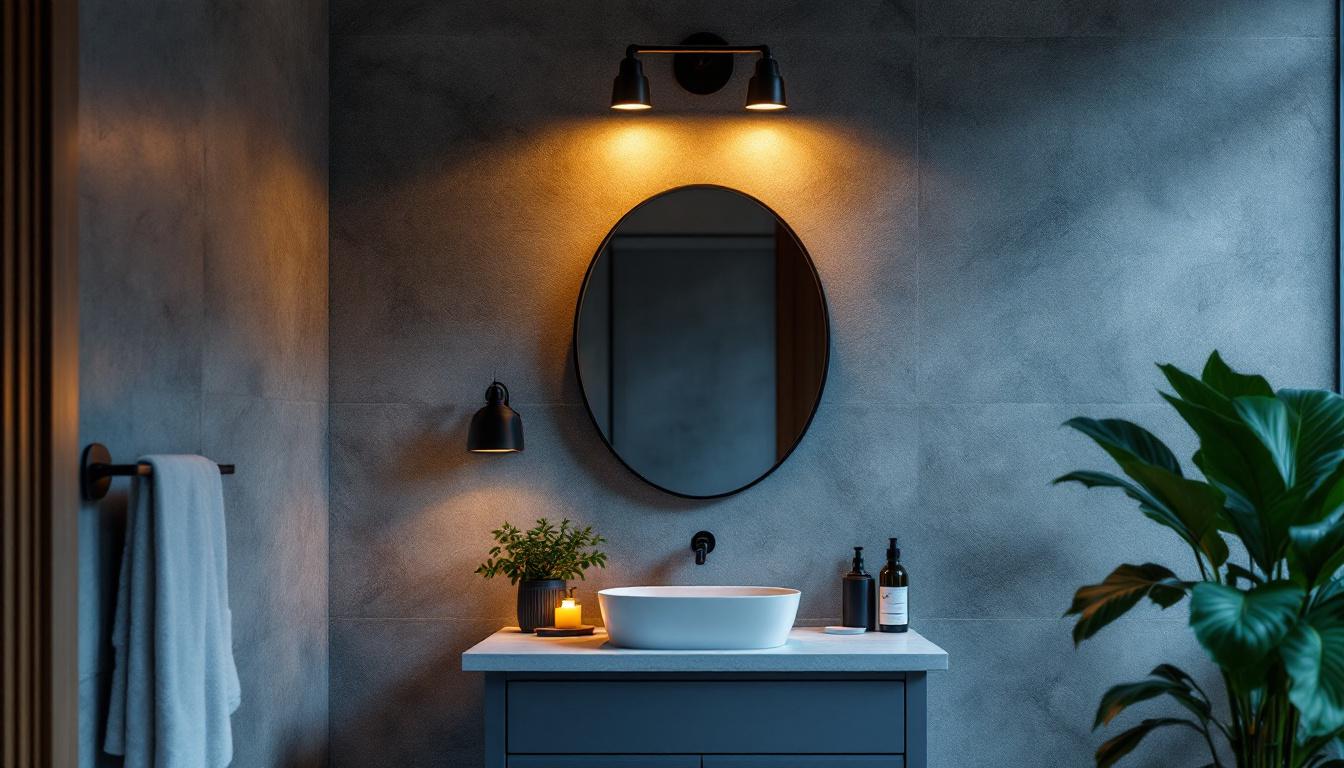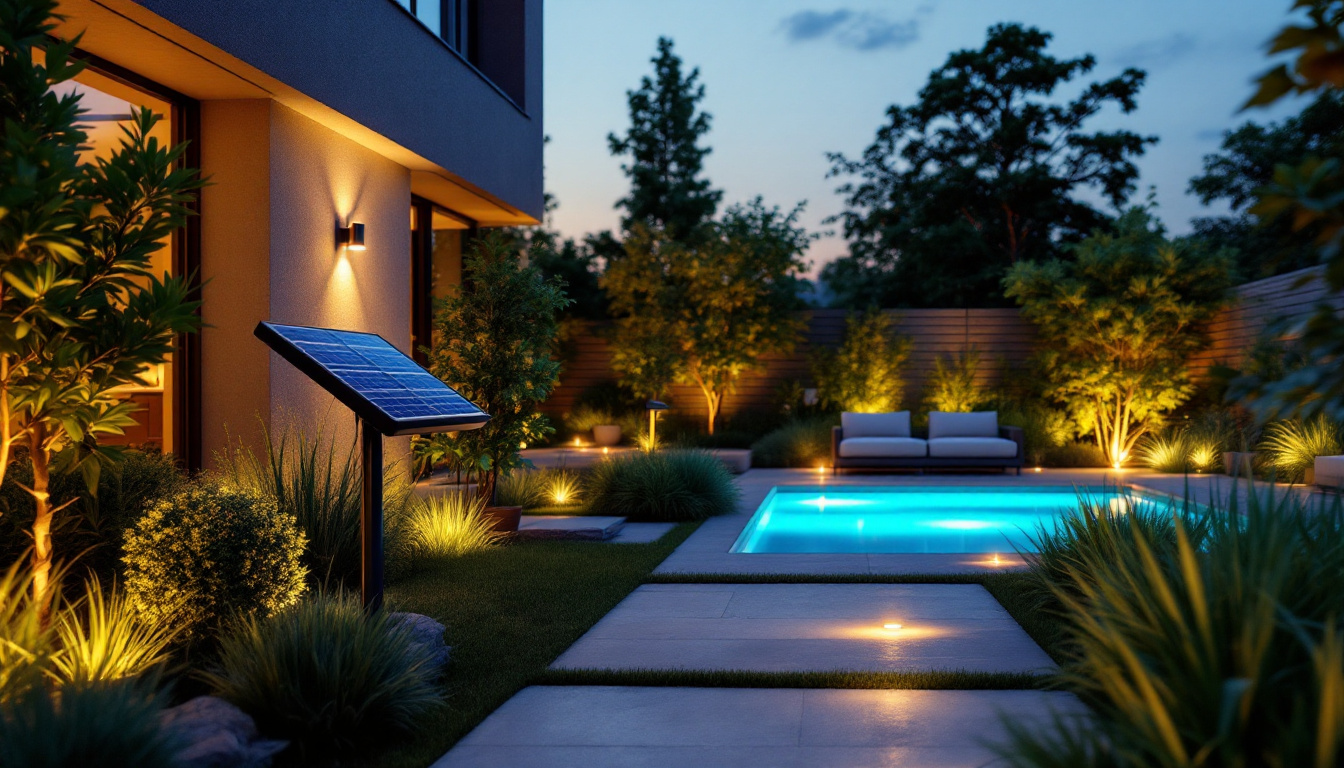
Fluorescent lighting has long been a staple in both residential and commercial settings, providing efficient illumination and a broad spectrum of light. For lighting contractors, understanding the nuances of ceiling fluorescent lights is essential for delivering quality installations and ensuring customer satisfaction. This article delves into the key aspects of ceiling fluorescent lighting that every contractor should be familiar with, from types and applications to installation tips and energy efficiency considerations.
Ceiling fluorescent lights are a popular choice for many environments due to their efficiency and versatility. They come in various forms, each suited for different applications. Understanding these types is crucial for contractors who aim to provide tailored lighting solutions. The growing emphasis on energy efficiency and sustainability has led to an increased adoption of fluorescent lighting, making it a staple in modern design and construction.
There are several types of ceiling fluorescent lights, each with its unique characteristics and benefits. The most common types include:
Ceiling fluorescent lights are suitable for a variety of applications, including:
In addition to their practical applications, ceiling fluorescent lights also come in various color temperatures, allowing users to choose the ambiance they wish to create. For instance, cooler color temperatures can promote alertness and focus in workspaces, while warmer tones can create a cozy atmosphere in living areas. Moreover, advancements in technology have led to the development of dimmable fluorescent options, providing even greater flexibility in lighting design.
Furthermore, the integration of fluorescent lights with smart technology is becoming increasingly popular. Smart fluorescent lights can be controlled remotely, allowing users to adjust brightness and color temperature according to their needs. This innovation not only enhances convenience but also contributes to energy savings by enabling users to turn off lights when they are not needed or to set schedules for automatic operation. As energy efficiency continues to be a priority, the evolution of ceiling fluorescent lights is likely to play a significant role in sustainable building practices.
Proper installation of ceiling fluorescent lights is critical to maximizing their performance and lifespan. Contractors must consider several factors during the installation process.
The placement of ceiling fluorescent lights can significantly impact their effectiveness. Key points to consider include:
Additionally, the color temperature of the fluorescent lights should be taken into account, as it can influence the ambiance of the room. For example, cooler temperatures (5000K-6500K) can create a vibrant and alert atmosphere, ideal for offices and workspaces, while warmer temperatures (2700K-3000K) can make a space feel cozy and inviting, suitable for living areas or restaurants. Furthermore, the use of dimmers can provide flexibility in lighting, allowing users to adjust the brightness according to their needs and preferences, which can be especially beneficial in multi-purpose rooms.
When installing ceiling fluorescent lights, proper wiring is essential. Contractors should ensure:
Moreover, it is crucial to consider the layout of existing wiring and the potential need for additional circuits, especially in commercial settings where higher wattage is often required. Proper circuit planning can prevent overloads and ensure that the lighting system operates efficiently. Additionally, using high-quality connectors and ensuring secure connections can prevent issues such as flickering lights or complete fixture failure, which can be both inconvenient and costly. Regular maintenance checks post-installation are also advisable to ensure that all components are functioning optimally, prolonging the lifespan of the lighting system.
As energy costs rise and environmental concerns grow, energy efficiency has become a priority for both contractors and consumers. Ceiling fluorescent lights offer several advantages in this regard.
Fluorescent lights consume significantly less energy compared to incandescent bulbs, making them a cost-effective choice for long-term use. Key points to consider include:
Fluorescent lights also have a lower environmental impact compared to traditional lighting options. Contractors should be aware of the following:
Regular maintenance is essential to ensure the longevity and performance of ceiling fluorescent lights. Contractors should advise clients on best practices for upkeep.
Dust and grime can accumulate on fixtures, reducing light output. Regular cleaning can help maintain brightness and efficiency. Recommendations include:
Over time, fluorescent bulbs and ballasts may need replacement. Key points to consider include:
The lighting industry is constantly evolving, and fluorescent lighting is no exception. Staying updated on the latest innovations can help contractors offer cutting-edge solutions to their clients.
New advancements in ballast technology have improved the efficiency and performance of fluorescent lights. Considerations include:
Hybrid solutions that combine fluorescent and LED technologies are gaining popularity. Benefits include:
Ceiling fluorescent lights remain a vital component of modern lighting solutions, offering energy efficiency, versatility, and cost-effectiveness. For lighting contractors, understanding the various types, installation considerations, maintenance practices, and innovations in fluorescent lighting is essential for delivering high-quality services to clients. By staying informed and adapting to the latest trends, contractors can ensure they meet the evolving needs of their customers while promoting sustainable lighting practices.
In a world where energy efficiency and sustainability are paramount, ceiling fluorescent lights continue to play a significant role. By mastering the intricacies of these lighting solutions, contractors can enhance their expertise and provide exceptional value to their clients.
Ready to elevate your lighting projects with the most efficient, versatile, and cost-effective ceiling fluorescent lights? Look no further than LumenWholesale. We provide contractors with spec-grade lighting products that meet the highest industry standards, all at unbeatable wholesale prices. Say goodbye to local distributor markups and hello to superior lighting products with free shipping on bulk orders. Make your next project shine with the quality, affordability, and convenience that only LumenWholesale can offer. Wholesale Lighting at the Best Value is just a click away.

Unlock the essentials of industrial vanity lighting in just five minutes with this concise guide tailored for lighting contractors.
Discover the key insights lighting contractors need to meet client expectations for stairway lighting projects.
Discover why electrical light switches are indispensable tools for every lighting contractor.

Discover the future of outdoor illumination with high-end solar-powered lights.